`
What is an AI Robot and How Does it Work?
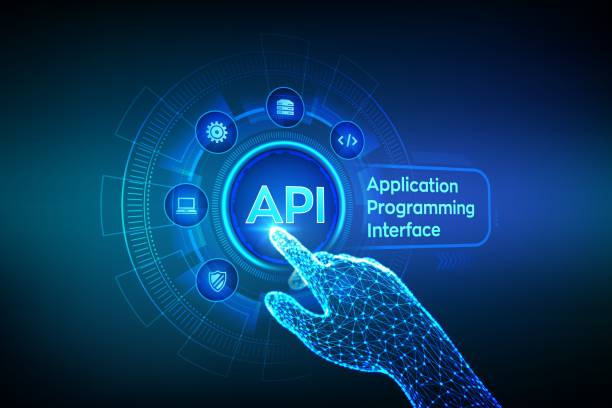
#Artificial Intelligence Robot is a combination of two separate but related fields: robotics and artificial intelligence.
Artificial Intelligence allows machines to perform tasks that typically require human intelligence, such as learning, reasoning, and problem-solving.
Robotics deals with the design, construction, operation, and application of robots.
An AI robot is a physical robot controlled by artificial intelligence algorithms that can perform tasks independently.
These robots are able to sense their surroundings, analyze data, and make decisions based on it.
In other words, an AI robot can operate without direct human intervention and automatically adapt to different conditions.
In fact, an AI robot uses sensors to collect information from the environment.
This information is then processed by artificial intelligence algorithms so that the robot can understand its environment and make appropriate decisions.
For example, an AI robot designed for warehousing can use cameras and depth sensors to identify objects and navigate within the warehouse.
Artificial intelligence algorithms help the robot find the best route to its destination and avoid obstacles.
The ability of an AI robot to learn and adapt to new conditions makes them a powerful tool for a wide range of applications.
Are you worried about losing customers because you don’t have a professional online store?
Forget those worries with online store design by Rasaweb!
✅ Dramatic increase in sales and visitor-to-customer conversion rate
✅ Professional and user-friendly design that builds customer trust
⚡ Get free consultation from Rasaweb
Diverse Applications of Artificial Intelligence Robots in Today’s World
![]()
AI robots are used in various fields, including industry, medicine, agriculture, customer service, and even space exploration.
In industry, AI robots can be used to perform repetitive and dangerous tasks, such as welding, painting, and assembling parts.
This increases productivity, reduces costs, and improves worker safety.
In medicine, AI robots can assist surgeons in performing complex surgeries with high precision.
Also, AI robots can be used for disease diagnosis, remote healthcare delivery, and patient rehabilitation.
In agriculture, AI robots can be used for planting, tending, and harvesting crops, controlling pests, and smart irrigation.
This increases productivity, reduces water and pesticide consumption, and improves product quality.
In customer service, AI robots can be used as chatbots to answer customer questions, provide technical support, and process orders.
This improves customer experience, reduces support costs, and increases sales.
Finally, AI robots in space exploration can be used to collect samples, perform experiments, and build space structures.
This helps us better understand the universe and make new discoveries.
Advantages and Disadvantages of Using Artificial Intelligence Robots
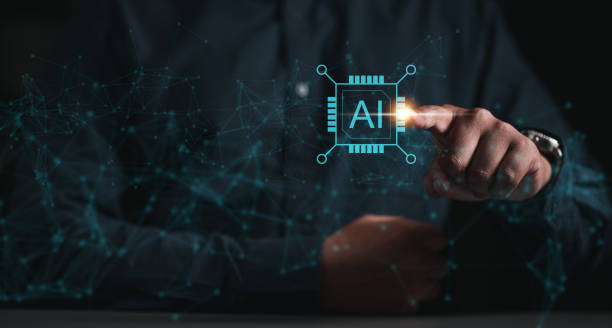
Using AI robots has many advantages, including increased productivity, reduced costs, improved safety, and increased accuracy.
AI robots can perform tasks continuously and without fatigue, which leads to increased production and reduced task completion time.
Also, AI robots can work in hazardous and difficult environments, which prevents human injury.
However, using AI robots also has disadvantages, including the high cost of development and implementation, the need for technical expertise for maintenance and repair, and concerns about human job losses.
The high cost of developing and implementing AI robots can be a barrier for many businesses.
Also, maintaining and repairing AI robots requires technical expertise that may not be readily available.
Concerns about human job losses are also a significant challenge that needs to be addressed.
However, many experts believe that AI robots will also create new jobs and help humans focus on more creative and valuable tasks.
| Advantages | Descriptions |
|---|---|
| Increased Productivity | AI robots can perform tasks continuously. |
| Reduced Costs | Using AI robots can reduce labor costs. |
| Improved Safety | AI robots can work in hazardous environments. |
| Increased Accuracy | AI robots can perform tasks with high accuracy. |
Ethical and Social Challenges of Artificial Intelligence Robots
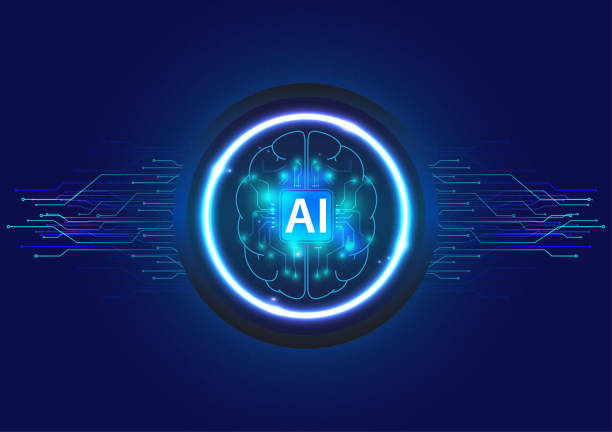
The development and use of AI robots pose numerous ethical and social challenges.
One of the most important of these challenges is the issue of accountability.
If an AI robot makes a decision that results in harm, who will be responsible? The designer, the manufacturer, or the user of the robot? These questions do not have simple answers and require careful discussion and review.
Also, the issue of privacy is a major concern.
AI robots can collect a lot of information about us, which may be misused.
The issue of discrimination is also a major challenge.
If artificial intelligence algorithms are trained on biased data, they may make discriminatory decisions.
For example, an artificial intelligence algorithm designed for hiring may inadvertently overlook women or minorities.
Finally, the issue of job loss is a major concern.
AI robots can automate many jobs, which may lead to increased unemployment.
To address these challenges, we need to develop appropriate policies and regulations to ensure responsible and ethical use of AI robots.
Does your current website create the trust that potential customers should have in your business? If the answer is no, it’s time to have a professional and impactful corporate website with Rasaweb.
✅ Completely custom design tailored to your brand identity
✅ Increased lead generation and credibility of your business in the eyes of customers⚡ Contact us for a free consultation!
What Will the Future of Artificial Intelligence Robots Be?

The future of AI robots looks very bright and promising.
With continuous advancements in artificial intelligence, robotics, and sensor technologies, AI robots will be able to perform more complex and diverse tasks.
We can expect AI robots to play a more prominent role in our daily lives, from homes and workplaces to hospitals and schools.
AI robots can help us live healthier, safer, and more fulfilling lives.
In the future, AI robots may be able to have social interactions with us, understand our emotions, and assist us in making decisions.
However, to reach this future, we must seriously address the ethical and social challenges related to AI robots and develop appropriate policies and regulations to ensure the responsible and ethical use of this technology.
With cooperation and joint effort, we can create a future in which AI robots benefit all humans.
Different Types of Artificial Intelligence Robots Based on Application
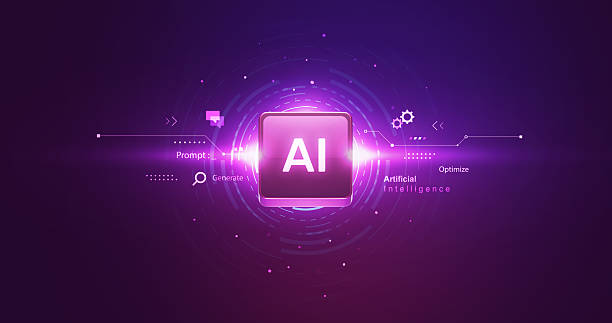
AI robots can be categorized based on different applications.
Some common types of AI robots include industrial robots, service robots, medical robots, agricultural robots, and military robots.
Industrial robots are used to perform repetitive and dangerous tasks in production lines.
Service robots are used to provide services to customers, such as chatbots and delivery robots.
Medical robots are used to assist surgeons in performing complex surgeries, providing remote healthcare, and rehabilitating patients.
Agricultural robots are used for planting, tending, and harvesting crops, controlling pests, and smart irrigation.
Military robots are used to perform dangerous and difficult tasks on the battlefield, such as identifying mines and neutralizing bombs.
In addition to these categories, AI robots can also be categorized based on the type of artificial intelligence used.
Some AI robots use machine learning to learn from data and improve their performance, while others use expert systems to make decisions based on predefined rules and knowledge.
Machine Learning and Its Role in the Development of Artificial Intelligence Robots
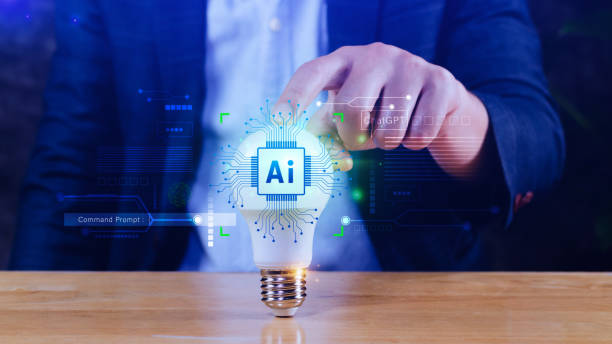
Machine learning is one of the most important fields of artificial intelligence that plays a fundamental role in the development of AI robots.
Machine learning enables AI robots to learn from data and improve their performance without the need for explicit programming.
Using machine learning algorithms, AI robots can identify patterns and relationships in data and make better decisions based on them.
For example, an AI robot designed for disease diagnosis can use medical data to learn to associate different symptoms with specific diseases and provide a more accurate diagnosis.
Machine learning algorithms allow AI robots to adapt to new conditions and improve their performance over time.
This has made AI robots a powerful tool for a wide range of applications.
In fact, without machine learning, many applications of AI robots would be impossible.
Machine learning enables AI robots to automatically interact with their environment, learn from their experiences, and make smarter decisions.
| Machine Learning Type | Description |
|---|---|
| Supervised Learning | AI robot is trained using labeled data. |
| Unsupervised Learning | AI robot is trained using unlabeled data. |
| Reinforcement Learning | AI robot is trained by receiving rewards and penalties. |
| Deep Learning | Deep neural networks are used to learn complex patterns. |
How to Choose the Right Artificial Intelligence Robot for Your Business
![]()
Choosing the right AI robot for your business requires careful consideration of your needs and goals.
First, you need to specify what tasks you want to assign to the AI robot and what performance expectations you have.
Then, you need to review the different types of AI robots available on the market and compare their features and capabilities with your needs.
You should also consider the cost of developing, implementing, and maintaining the AI robot and ensure that your investment will have a reasonable return.
In addition, you need to consider the technical expertise required to maintain and repair the AI robot and ensure that you have a skilled workforce available.
Finally, you should consult with other businesses that use AI robots and benefit from their experiences.
Choosing the right AI robot can help you increase your productivity, reduce your costs, and improve your competitiveness.
Does your company’s website make a professional and lasting first impression on potential customers? Rasaweb, with a professional corporate website design, not only represents the credibility of your brand but also opens a path for your business growth.
✅ Create a strong and trustworthy brand image
✅ Attract target customers and increase sales
⚡ Get a free consultation
A Look at Artificial Intelligence Robots in Iran: Opportunities and Challenges
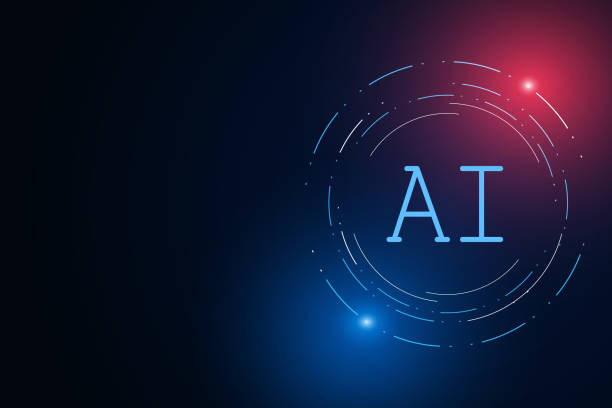
The development and use of AI robots in Iran faces numerous opportunities and challenges.
Iran has a high potential for developing AI robots because it has a specialized and young workforce, relatively suitable information technology infrastructure, and diverse industrial and service needs.
However, Iran also faces challenges, including a lack of investment, limited access to advanced technologies, and a lack of appropriate policies and regulations.
To overcome these challenges, supportive policies for the development of AI robots should be developed, investment in this field should be increased, and access to advanced technologies should be facilitated.
With joint effort and cooperation, we can make Iran one of the leading countries in the field of AI robots.
The development of AI robots in Iran can help create new jobs, increase productivity, and improve the quality of life.
Also, AI robots can help solve existing problems and challenges in various fields, including industry, agriculture, health, and education.
For example, AI robots can be used to control traffic, manage water resources, and provide online education.
By using AI robots, we can build a more prosperous and advanced Iran.
Key Tips for Successful Implementation of Artificial Intelligence Robots

Successful implementation of AI robots requires careful planning, appropriate technology selection, and proper project management.
First, you need to clearly define your goals and expectations and specify what tasks you want to assign to the AI robot.
Then, you need to collect and prepare the data needed to train the AI robot.
You should also select the appropriate technology based on your needs and goals and ensure that the selected technology is compatible with existing infrastructures.
In addition, you need to form a specialized and experienced team to implement and manage the project.
Your team should have expertise in artificial intelligence, robotics, and software engineering.
Finally, you should continuously evaluate the performance of the AI robot and make necessary changes and improvements if needed.
By following these key tips, you can ensure the successful implementation of AI robots in your business and benefit from its advantages.
Frequently Asked Questions
| Question | Answer |
|---|---|
| What is an AI robot? | It is a robot that uses artificial intelligence capabilities to understand the environment, reason, learn, and make decisions to perform complex tasks independently. |
| What is the main difference between a regular robot and an AI robot? | AI robots can learn and adapt to their environment, while regular robots usually operate based on fixed and predetermined plans. |
| In what areas are AI robots used? | In areas such as industry (production lines), medicine (robotic surgeries), services (customer support, smart vacuum cleaners), exploration (space and underwater), and entertainment. |
| How do AI robots learn? | They acquire new skills through machine learning (Machine Learning) and deep learning (Deep Learning) algorithms, by analyzing big data and identifying patterns. |
| Can AI robots have emotions? | Currently, no. They can identify or simulate emotions, but they do not have the real experience of emotions like humans. |
| What are the most important advantages of using AI robots? | Increased productivity, reduced human error, performing dangerous or repetitive tasks, and providing innovative and efficient services. |
| What challenges exist in the development of AI robots? | The need for abundant and high-quality data, algorithmic complexity, ethical issues, cyber security, and high research and development costs. |
| Are AI robots dangerous to humans? | No, if safe design principles and ethical regulations are followed. Concerns are more related to social and economic impacts such as changes in the labor market. |
| What is an example of an AI robot in everyday life? | Smart vacuum cleaner robots (such as Roomba) that automatically map and clean the house, or smart voice assistants (such as Siri and Alexa). |
| How is the future of AI robots predicted? | They are expected to become smarter, more autonomous, and capable of more complex interaction with humans, and to play a more prominent role in industry, medicine, transportation, and everyday life. |
And other services of Rasa Web Advertising Agency in the field of advertising
Smart Google Ads: A novel service to increase campaign management through precise audience targeting.
Smart Google Ads: A creative platform to improve sales growth by designing an attractive user interface.
Smart Sales Automation: Professional optimization to increase sales using a SEO-driven content strategy.
Smart Content Strategy: A combination of creativity and technology to attract customers by using real data.
Smart Website Development: An effective tool for user interaction by customizing the user experience.
And more than hundreds of other services in the field of internet advertising, advertising consulting, and organizational solutions
Internet Advertising | Advertising Strategy | Advertorial
Sources
What is an AI robot on a website?
,What is an artificial intelligence robot or AI chatbot?
,What is an artificial intelligence chit-chat or AI Chatbot?
,What is an artificial intelligence robot?
? For your business, a brighter future awaits with Rasaweb Afarin’s professional services. From SEO-optimized website design to digital marketing strategies, we are with you step by step to have a powerful presence in the online world.
📍 Tehran, Mirdamad Street, next to the Central Bank, South Kazeroun Alley, Ramin Alley No. 6
`


